Facebook is a phenomenon. Exploding out of a chaotic blend of student friendships, late-night hackathons and vicious lawsuits, it even spawned an Oscar-winning film. Now the dust has settled, Facebook is steaming forwards. It’s collected over a billion members, half of whom log on every day. In the process, it’s become big business. Facebook is the fastest-ever company to enter the Fortune 500 and it floated on the NASDAQ 12 months ago for a staggering £75bn. It’s made cash from chaos. And now it’s gunning for more.
In February, it launched a raid for fmcg marketing budgets in the UK. Director of UK & Pan-Euro Christian Hernandez led a group of casually dressed Facebook execs who showed off startling case studies from Pimm’s, Old El Paso, Nestlé, Sainsbury’s, Maggi and Nutella that testified to the power of using Facebook to shift product. The money is pouring in —figures released this week indicate a 36% year-on-year boost in revenue. So what makes Facebook such a great platform for brands to advertise on?
“In 48 hours you can reach 30 million people with a new brand,” says Hernandez. “That scale of reach is superior to any commercial channel, all print, all radio. It’s guaranteed. And it’s measurable.”
snapshot
Age: 37
Status: Married, with three young children
How do you wind down? I have three kids and a job at Facebook - it’s not an option
Career high: Launching the Facebook Open Graph
Career low: Seeing the dotcom company I worked for in 2000 lose 72% share in one day
Describe your average day: Wake up, drop the kids at school. Head to the office for revenue and client meetings, head to business school for a marketing class. Have a team meeting about a new product launch, head out for a client dinner, try and make it back home
It’s a bold claim, yet Hernandez isn’t dismissing TV. In fact, he says the combination of the two is dynamite. “TV will still be the predominant marketing channel for large brands, but it maxes at 70% penetration,” he explains. “We are saying fine, run TV. But we can micro-target specific demographics and get you to 95% at a much lower cost than buying up more channels.”
It’s never that simple, though. Facebook isn’t media, it’s social media, so if you don’t get people talking you won’t achieve anything, however much you spend.
“It’s about generating conversation,” nods Hernandez. “The trick is to have the right editorial content and then pay to spread it around.”
The Facebook payment model isn’t simple, but it makes perfect sense. A brand sets a limit on how much it wants to spend on advertising, then it launches an ad. Every time the ad gets clicked, that budget decreases. Cost per click starts at pennies. Where it gets clever is, whether a brand spends a fiver or £500,000 on an ad, it can be deadly accurate with who sees it. And that’s where cost per click starts to vary.
A brand takes part in a rolling auction for the demographic it wants to target. The price is based on how many advertisers are bidding for that specific demographic at that specific moment in time. It’s a harmonic blend of the old and the new - traditional supply and demand to set the price, with a complex algorithm to determine whose newsfeed it appears in.
“You can be very broad and target 18-year-old females in the UK, or you can say you only want females aged 18 who live in London, were born in Sheffield, own an iPhone 5 and graduated from Oxford. That power to be so specific makes it very compelling. Brands can deliver creative content in the right place to the right people and then measure what does and doesn’t work.”
Measuring the success is crucial to persuading big business to splash the cash, so Facebook works with companies like Kantar Worldpanel to provide the all-important data. The ROI speaks volumes. “Over 70% saw ROI over three times spend and 49% got five times spend. You put a dollar in, you get five dollars out.”
liked
Facebook’s best fmcg brands in 2012
Oreo: 100 posts in 100 days to celebrate its 100th birthday added a million new friends.
Lays: A £1m giveaway to create a new flavour of crisps reversed a six-year decline in sales.
Heineken: Giving away replica football shirts boosted sales by 30% and friends by 120,000.
P&G: Fans could message their mums, thanking them for doing the “best job in the world.”
Facebook also offers brands insight into the customers who interact with their ads, although Hernandez doesn’t believe they are using it effectively.
“It’s my pet peeve,” he groans. “Some get an XML file full of valuable data and just don’t use it. I say: ‘Hire an intern, have them crunch the data!’ Because when you find your ideal customer you ask us ‘find a thousand like her’. It’s an unparalleled level of insight. We need brands to shout about it but competitive dynamics come into it. If it’s a great tool for one, why tell others?”
Because it’s a social, interactive, two-way media, it needs to be treated with caution. Today, Nestlé loves Facebook. Two years ago, its page went into meltdown after it was hijacked by furious eco-warriors.
“The biggest mistake brands can make is to assume all comments will be positive,” says Hernandez. “People are encouraged to comment so brands need to act fast if there is negative news. Brands can block people, or certain key words, but I would argue it’s a conversation platform, so brands should take control, drive the conversation, and shift the perception.”
It all seems a long way from Harvard, though Hernandez insists brands were always “part of the conversation”. And he rejects any suggestion there is a danger of Facebook moving too far away from being a place to interact with friends, saying even brands like Heinz flirting with direct sales won’t change that.
“What Heinz built is a brilliant database of people who stood up and said: ‘I am interested in your product, tell me more. And, by the way, this is who I am and these are my interests.’ We have the biggest reach for any advertiser in the UK, but only because people trust us and like coming back. Facebook is all about the user - and if they don’t engage and trust Facebook, there is no value for the brands.”
With that, the Macbook Air folds down. Clients are waiting. Like Facebook itself, Hernandez is relaxed and leisurely on the surface but underneath he’s whirring away at 100mph. And he clearly loves it. “You definitely have to thrive on chaos here,” he grins. “You have to enjoy the speed.”


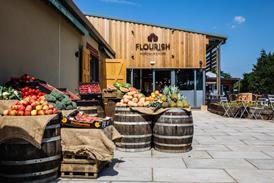
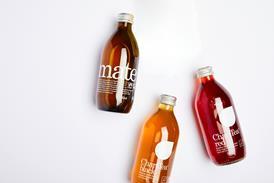
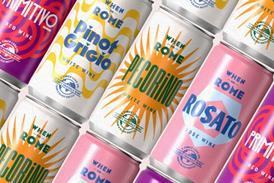




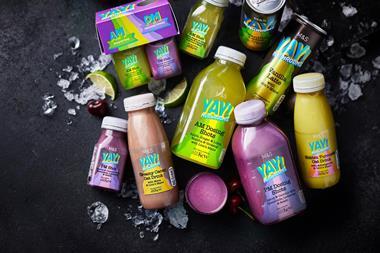
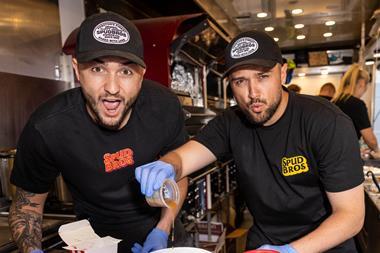
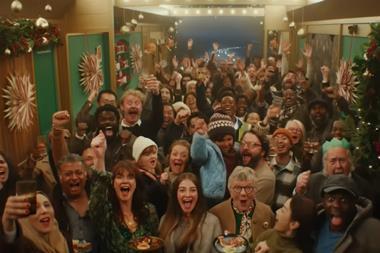
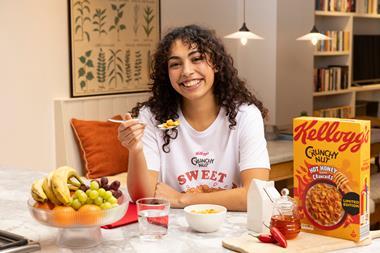
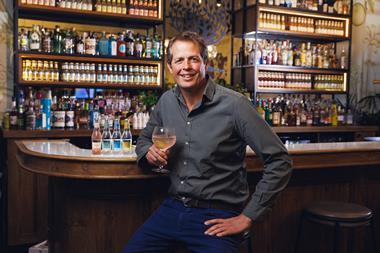
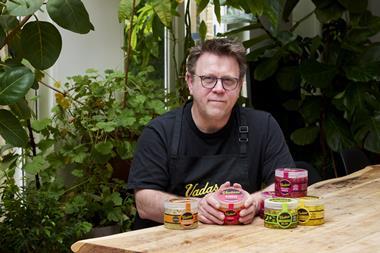

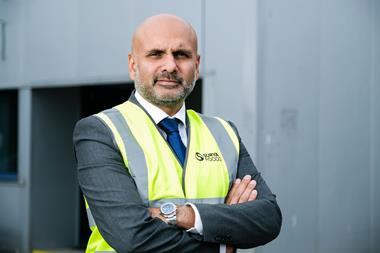
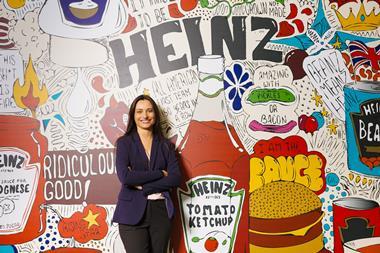
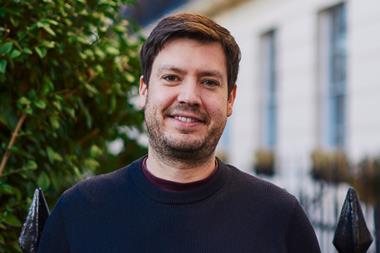
No comments yet